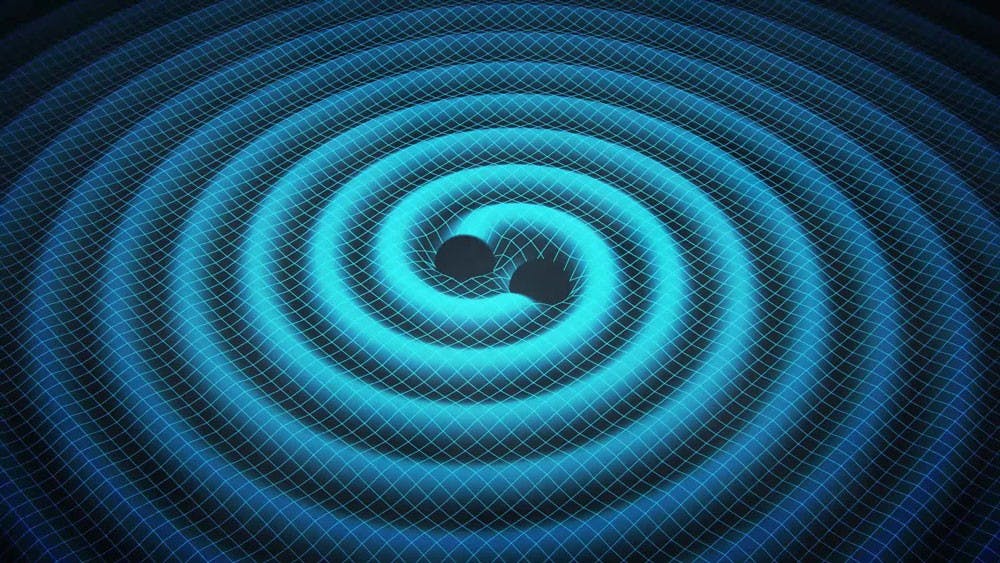A prediction made by Albert Einstein more than 100 years ago has come true, thanks to modern technology and the ingenuity of scientists today.
Scientists detected gravitational waves, which send ripples through space and time, about four months ago but confirmed them last week to the public. The 1,000 scientists working with the Laser Interferometer Gravitational-Wave Observatory discovered that the waves stretched the Earth, though it was mere thousandths of a nanometer and impossible to feel.
According to professor Alberto Vecchio from the University of Birmingham, this discovery is transformational.
“We have observed the universe through light so far,” Vecchio said in a comment to The Guardian. “But we can only see part of what happens in the universe. Gravitational waves carry completely different information about phenomena in the universe, so we have opened a new way of listening to a broadcasting channel which will allow us to discover phenomena which we’ve never seen before.”
These developments are important because they prove Einstein’s theory about relativity and the ripples in time and space. The way that these ripples occurred is through two massive black holes collapse into infinitesimal points that then collide and create ripples.
Without the technology at the laboratory or the years of research that went into the waves, we may have never discovered how these waves affected the Earth.
“I think we should continue this kind of research, especially if we’re making new discoveries,” said Sean Dimmig, a freshman undecided major. “It’s important and relevant to learn more about the universe.”
Dimmig also believes that the discoveries will lead to continuing advancements when studying the solar system.
Some students understand the implications of such discovery and what developments can be made after the discovery.
“This research proves that black holes do exist,” said Tom Straubinger, a senior chemical engineering major. “It’s pretty cool that they were able to make these discoveries.”
The movement was discovered by an instrument so sensitive, it could detect a change of distance between our solar system and a star four light years, or 2.351^13 miles, away down to the thickness of a human hair.
Because the instrument is so incredibly sensitive, there’s reason to believe it can be used for other advancements the sciences.
“I feel like we should be asking ‘what’s next’ and how this information is going to be useful,” said Hunter Stevens, a junior chemical and biological engineering major.
While it’s unclear what this discovery means for the future, it’s an important look into the theories of the past.
Einstein made his revelations in 1916 in which he made two important developments. There’s general relativity theory, or the geometric theory of gravitation in which Einstein’s formula’s explain the four dimensional concept of space-time. There’s also special relativity theory, which explains two prongs of physical theory that relate space and time.
The first concept is that the laws of physics are identical – non-changing – in non-accelerating frames of reference, or things that do not vary, change or mutate. The second concept is that the speed of light is always the same in a vacuum.
“This observation is truly incredible science and marks three milestones for physics: the direct detection of gravitational waves, the first detection of a binary black hole, and the most convincing evidence to date that nature’s black holes are the objects predicted by Einstein’s theories,” Vecchio said.
Einstein’s theories are incredibly detailed and formula based, which is why it’s taken 100 years to prove this theory and why we continue learn from his work.
Tori Roseman is the senior features editor and can be reached at tori.roseman@ubspectrum.com.





